The Article
6000A Integrated Amplifier From Audiolab
1st July 2019
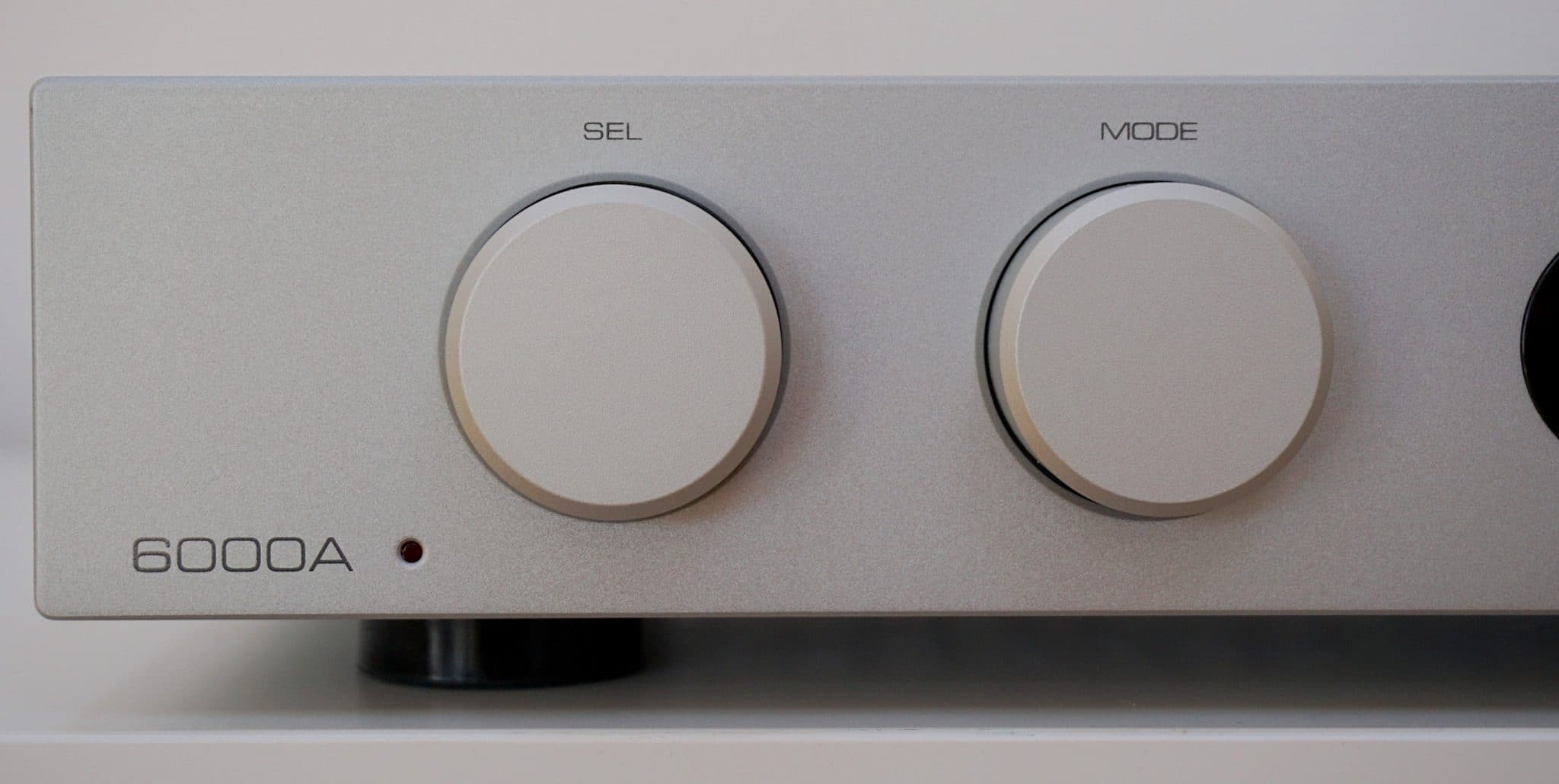
Adopting a traditional and solid form factor on the outside, Paul Rigby realises that the magic is occurring under the lid
The thing about the 6000A, when the aesthetics are considered, is that it looks like an integrated amplifier. Don’t dismiss that point. It’s actually critical to target sales. I say again, the 6000A looks like a traditional integrated amplifier. It looks safe. It looks steady and solid. It doesn’t try anything fancy. You would never accuse the chassis of ever emerging from an Italian design studio. There’s no chic fashion sense with this one. If you saw this box in the 80s, it would look rather racy, that’s for sure, but it wouldn’t look too out of place.
For some users, that is all they want. And that’s important. Weird and even slightly off-kilter designs can scare and make certain hi-fi fans feel uncomfortable. Even slightly conservative half-width amplifiers can be an issue for some.
The 6000A – at least on the outside – is the Mother’s Pride processed white loaf of amplifier design. You can see it for what it is at 30 paces. Again, I’m not damning this amp with faint praise when I say that. That’s not a bad thing. It’s a firm design choice.
Before I began the review of this box, I was comforted to know that the designer of the 6000A was also the same designer of the older 8300A. Jan Ertner took the basis of the latter to create the former which meant that hard won knowledge was now being refined and improved upon. There’s nothing worse than a single line of products that feature a host of designers who not only constantly reinvent the wheel but often make the same old mistakes over and over again (it’s happened many times in the past). Not here. So I already had a sense of confidence going into this one.
This is an amplifier but it features other components too. The ES9018 Sabre32 Reference DAC is one of those, featuring 32bit HyperStream architecture and Time Domain Jitter Eliminator. Again, this chip is not a foreign component. You’ll find it in the company’s M-DAC. Continuity again.
Connected to the DAC are the 6000A’s four digital inputs – two coaxial and two optical – which handle 24bit/192kHz. Tagged to these are user-selectable digital filters: Fast Roll-Off, Slow Roll-Off and Minimum Phase. I’ll say now that I normally hate these sort of things. Anything that takes me away from a pure, default, flat signal is an experience as near to abhorrent as I’m likely to find. That said, I’ll give them all a test in due course.
Streaming is also possible via Bluetooth (plus the now usual aptX codec).
A Class AB amplifier, that can also be used as a pre-amp and as a power amplifier too, the integrated mode of the design pumps out 50W per channel into 8 Ohms, the output stage of the discrete power amp circuits uses a CFB (Complementary Feedback) topology plus a meaty 200VA toroidal transformer followed by four 15000uF reservoir capacity (60000uF in total). The idea is to reduce the strain upon the amplifier and to maintain a sort of backup of power, ready to use.
Audiolab has included a phono stage for moving magnet phono cartridges – a JFET-based circuit with RIAA equalisation. A dedicated headphone amp with current-feedback circuitry is also included.
Spanning 445 x 65.5 x 300mm and weighing 7.8kg, the 6000A is available in a choice of silver or black.
SOUND QUALITY
I started with Mike Oldfield and his Platinum (Virgin) LP from 1979. I played Into the Wonderland, featuring vocals by Wendy Roberts. A sweet, beautifully melodic and slightly melancholic, low key ballad with a high-energy, rocking finish.
I suppose, if I were to describe the 6000A in one word, it would be confident. This amplifier is not shy, it doesn’t try to hide any aspect of its sound envelope. The 6000A will never die wondering. That is, the 6000A gives its all in the cause of making you happy.
The overall presentation from the Audiolab 6000A was balanced and balanced means you get to hear some bass. This is not always the case for mid-placed budget equipment. Bass is often sacrificed or at least trimmed to some extent. Even the best sub-£1,000 amplifiers out there love to trim bass. It’s a cost issue. That doesn’t happen with the 6000A.
The 6000A allows bass into the soundstage. That means that both the percussion and bass guitar were not only able to ground the music and stop it flapping in the wind but also offer a solid, rhythmic pace to the whole arrangement. That is, there was a sense of order here. The music flowed with an added, deeper groove. The structure was both solid and funky.
One of the persistent fears I have as a reviewer, from amplifiers designed at this price point, is frequency discipline. This is another reason that may sub-£1000 amplifiers are rather bass shy. Most of them can’t handle it. Too much of it, at any rate.
That is, there is a danger of allowing too much bass into the soundstage because it may create a warming feeling, leaking into the midrange and creating a sepia-like effect. Again, that never occurred with the 6000A. Frequency discipline was paramount so bass stayed put and never bloomed into the mids.
In fact, let’s pause for a moment here to dwell and emphasise this one feature. If I was going to pin one all-important factor for the success of the 6000A it would be tonal balance. In fact, you could ally tonal balance as being the killer feature of the 6000A. The headline. Tonal balance is the underlying strength of the 6000A. I really haven’t heard anything like it under £1,000.
The upper midrange was delightfully detailed and accurate although fragility and delicacy were not great priorities, I have to say. I never saw reverb tails of filigree lattice flowing from cymbal taps but this is a £599 amplifier we’re talking about here, not a £5,999 design. So no, don’t expect that but do expect to hear everything that a £599 amplifier can provide: complex and chaotic lead guitar with enough precision to make sense, wind instruments that feature a character and lightness of touch and a layered soundstage that revealed even shy instruments lurking at the rear of the mix.
Before I moved from vinyl, note that the built-in phono amplifier is a good one. An external model is better but the internal model will be fine for those of a budget. Buy an external model when you can, though.
I then turned to Bluetooth which I paired to my iPhone 8. Pairing is automatic. That is, you select Bluetooth as a source on the amplifier and the 6000A pops up on your Bluetooth screen on your phone. Painless and easy pairing. I played Marvin Gaye’s Mercy Mercy Me as a lossy file. Often, playing such a file in this way results in a bright and edgy play response but not here. The 6000A was able to calm any possible issues. So while the midrange was lacking insight, bass was hardly focused and treble was almost a non-entity, none of that was the 6000A’s fault. In fact, the 6000A made the best of a bad job, providing a perfectly listenable track without any nasty sonic responses. What I liked about the 6000A’s take on Bluetooth was the creation of a wide soundstage and, because lots of space was now on offer, the instrumental separation that also followed. Allowing each instrument within the mix to be presented on its own, adding to the complexity of the presentation.
Next up, I plugged in my Astell&Kern AK120 into the rear-mounted optical port and played Dire Straits’ So Far Away from their Brothers in Arms album. I liked the way the 6000A handled this 24bit/88.2kHz track because the track was mastered with excessive peak limiting creating a compressed sound. The low noise aspect of the 6000A, the balanced and controlling nature of the upper frequencies and the solid bass foundation allowed this track to be broadcast in a mature and stable fashion. To such an extent that the compressed element was no longer a real issue.
Playing the restful piano tinklings of Erik Satie at the same resolution was a relaxing and enjoyable experience. The potentially chaotic resonance of the piano was handled well by the 6000A in terms of control while the nuanced nature of the keys and pedals from the Satie piano was transcribed with both ease and insight to give the performance a sense of delicacy alongside that sense of authority.
I then took a quick listen at the range of DAC-related filters available within the unit. In the 6000A’s manual, the Phase filter is talked about as if the resultant sound resembled analogue but I had to disagree. The presentation emerged from cotton wool, sounding overly damped with a lack of precision and midrange insight.
The Slow filter reduced that effect dramatically while Fast was a default flat response. I hold my hands up here. I had to eat my words with these filters because my preference leaned towards the Slow filter which I actually found superior to Fast. The latter is supposed to be default and flat but I found Fast to be a touch edgy.
So, thumbs up to Audiolab. I never thought I would actually hear a usable filter on any piece of hi-fi equipment but, blow me down, Audiolab has created the very thing.
One important thing. Critical if you’re sound testing the 6000A and the DAC is significant to you. Make sure you properly review the amplifier with each and every filter. Cycle through each in turn and give each one time. Punching in any one of these filters will change the inherent character of the 6000A’s DAC. For example, if you talked to me about the 6000A having only listened to the Fast filter and I replied to you having only listened to the Slow filter, we’d effectively be talking about two different amps.
Hence, don’t judge the 6000A until you’ve heard all three filters. Listen to your Uncle Paul on this one.
Finally, I plugged in my reference headphones to listen to Satie via the internal headphone amplifier. While there may have been a limit on midrange extension, within the confines of the head amp’s performance envelope, the sound was admirable indeed offering plenty of refined detail on offer plus light and shade to add interest.
CONCLUSION
I listened to this amplifier for some time and realised that the basic presentation was supremely balanced in terms of how it delivered music to the ear. Some hi-fi components do one thing very well and if you’re looking at a budget component that can often be a fascinating experience because build budgets often preclude a generally good performance. The 6000A is one of those pieces of kit that does its best to do everything very well indeed.
Of course, it can’t. Not really. Money won’t let it. That doesn’t stop to trying, though.
In terms of ‘can’t’, what the 6000A doesn’t give you an extended dynamic reach. That high ceiling that higher-end amplifiers provide to allow the upper midrange to soar.
Now, some amplifiers in this price range will give you that. But then they will fall over very badly in other areas because too much emphasis has been placed upon that soaring thing for the build budget limits. So, for example, you may come across an amplifier that offers great midrange extension but the bass will be lacking. In other words, you go too far in one direction? You pay for it in another.
The 6000A doesn’t do that either. It never actually falls down. It never leaves you feeling, “Wow, it does this and this amazingly well but I wish it didn’t do that…” You won’t give that response to a 6000A listening session.
In short, the 6000A provides the perfect balance of performance to a build budget. It’s the perfect compromise. Every part of the sound envelope has been looked at and enhanced to the point when the money ran out. Then Audiolab stopped at that point.
Hence the 6000A squeezes every last penny of performance from your £599. If the designers had been told that the price was £649, they would have improved everything a bit more. For £699? Everything would have been improved a bit more still. You see? The 6000A is even handed, offers great sound and is one of the best value amplifiers on the market. If you want to hear how your money has been spent, buy a 6000A.
Bottom line? The Audiolab 6000A is better than you think.
AUDIOLAB 6000A INTEGRATED AMPLIFIER
Price £599
Website: www.audiolab.co.uk
TO BUY CLICK BELOW:
USA – https://amzn.to/383xoR3
EUROPE – https://amzn.to/3mMazW8
GOOD: confident bass, instrumental separation, upper midrange detail, balanced output
BAD: nothing
RATING: 9
[Don’t forget to check out my Facebook Group, The Audiophile Man: Hi-Fi & Music here: www.facebook.com/groups/theaudiophileman for exclusive postings, exclusive editorial and more!]
REFERENCE
Pro-Ject RPM3 Turntable
Tellurium Q & QED cabling
Blue Horizon Professional Rack System
Harmonic Resolution Systems Noise Reduction Components
All vinyl was cleaned using an Audio Desk’s Ultrasonic Pro Vinyl Cleaner


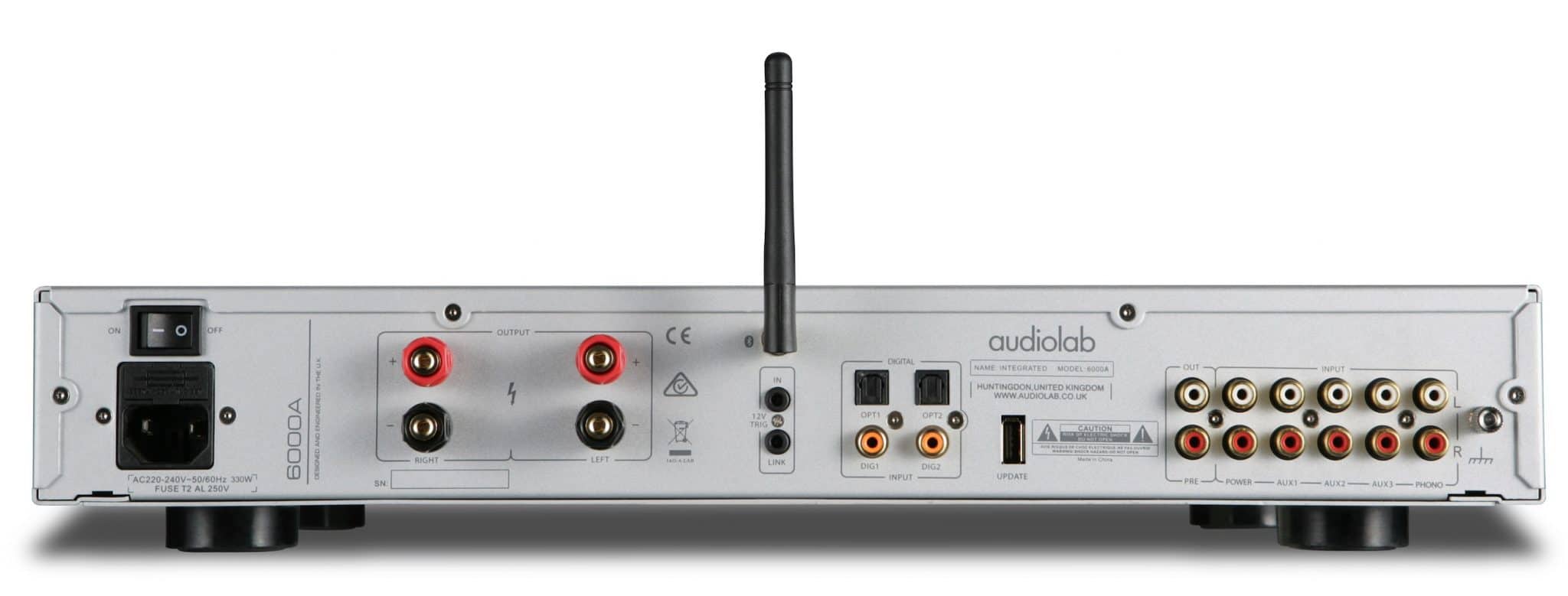
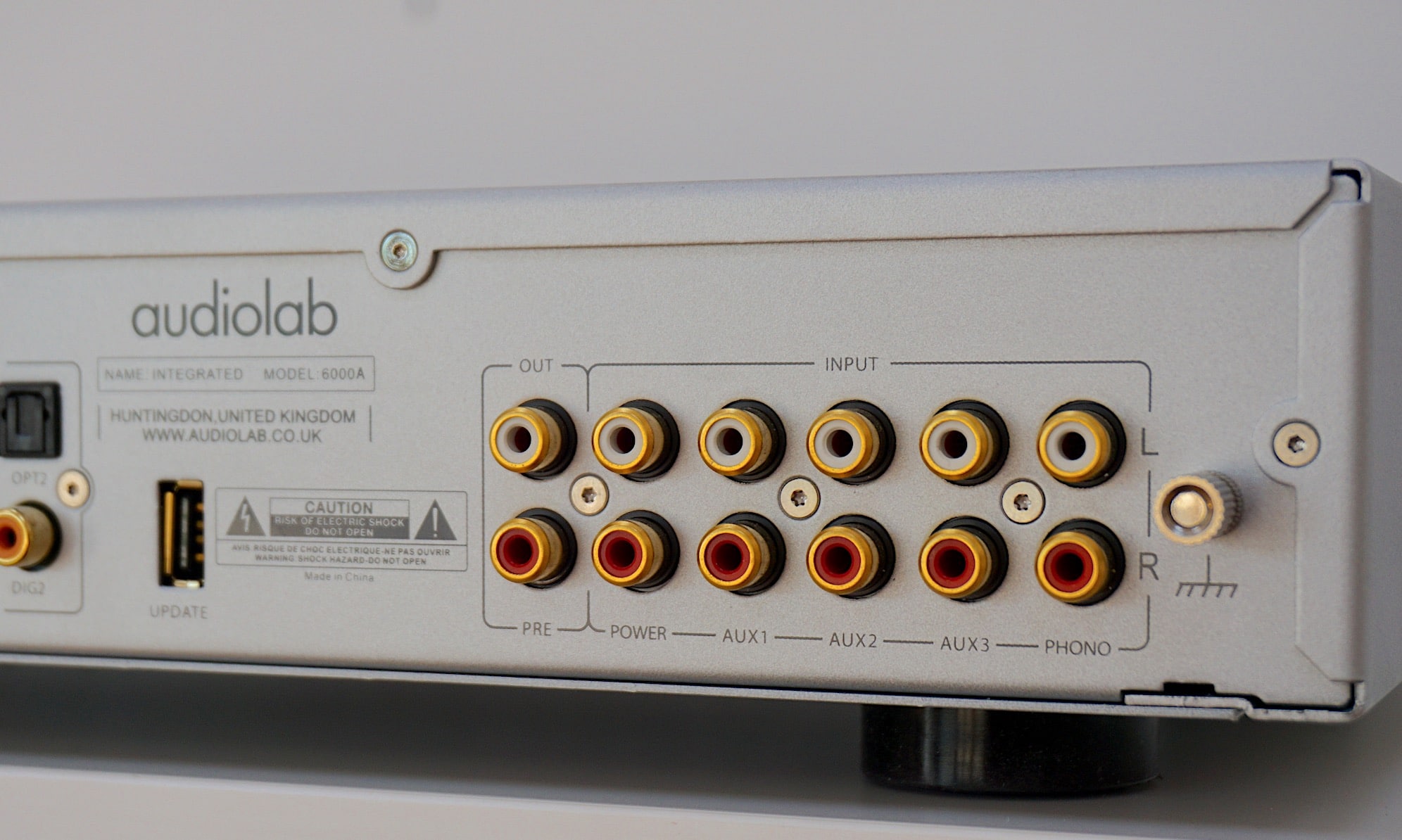
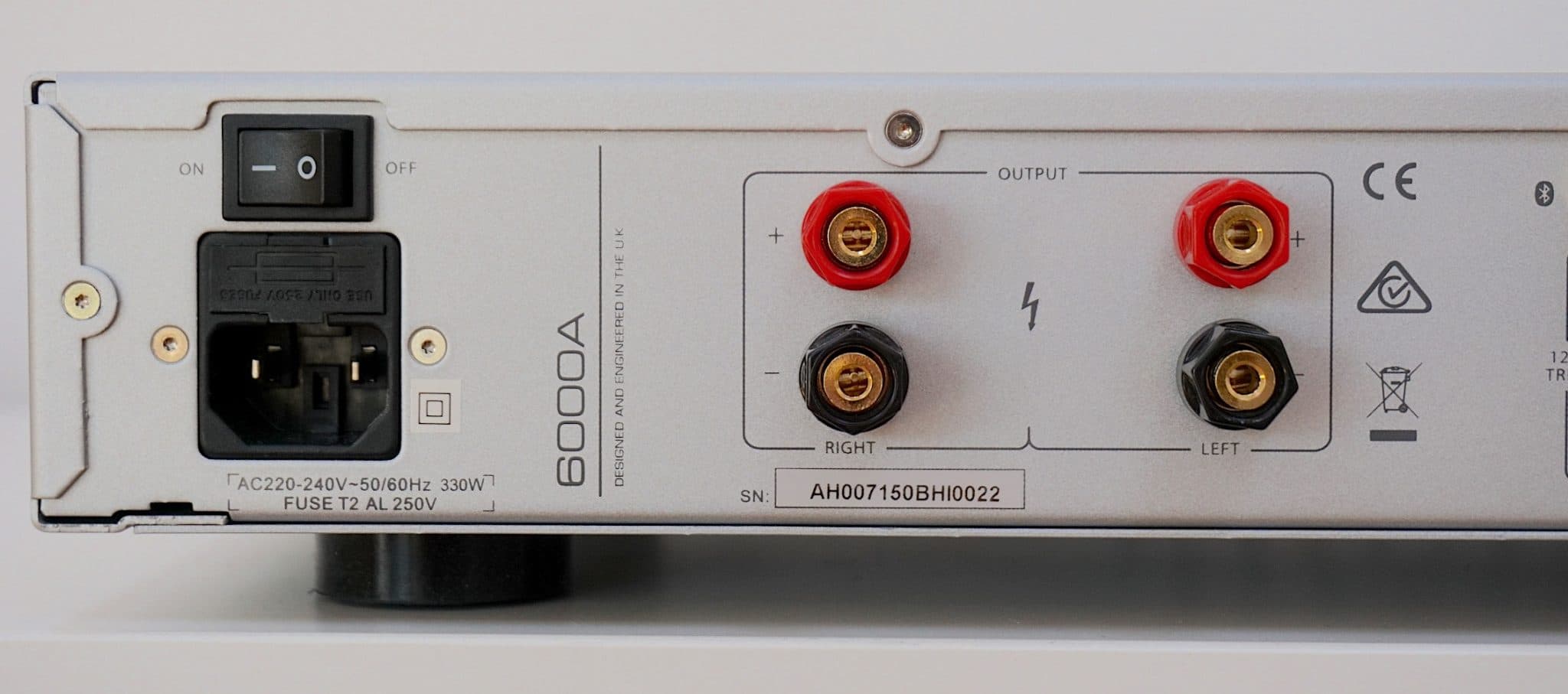
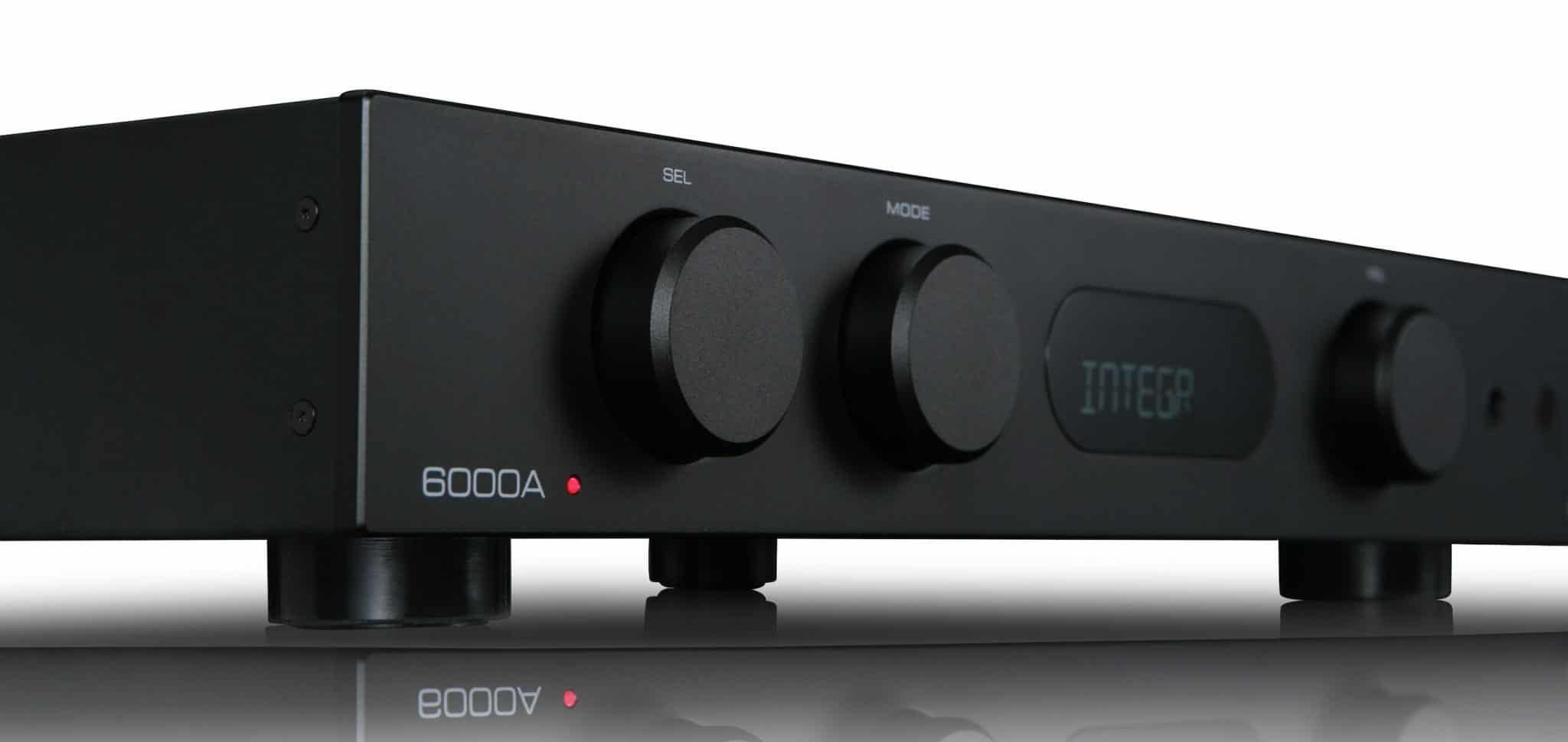
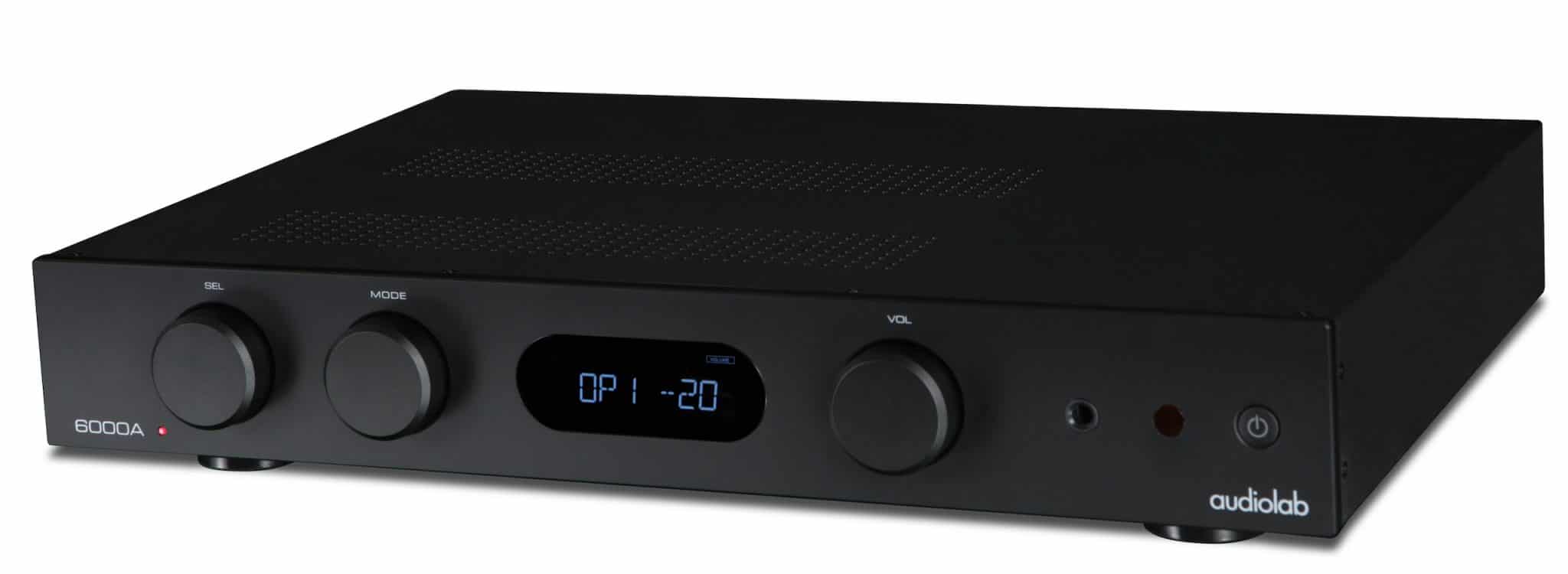
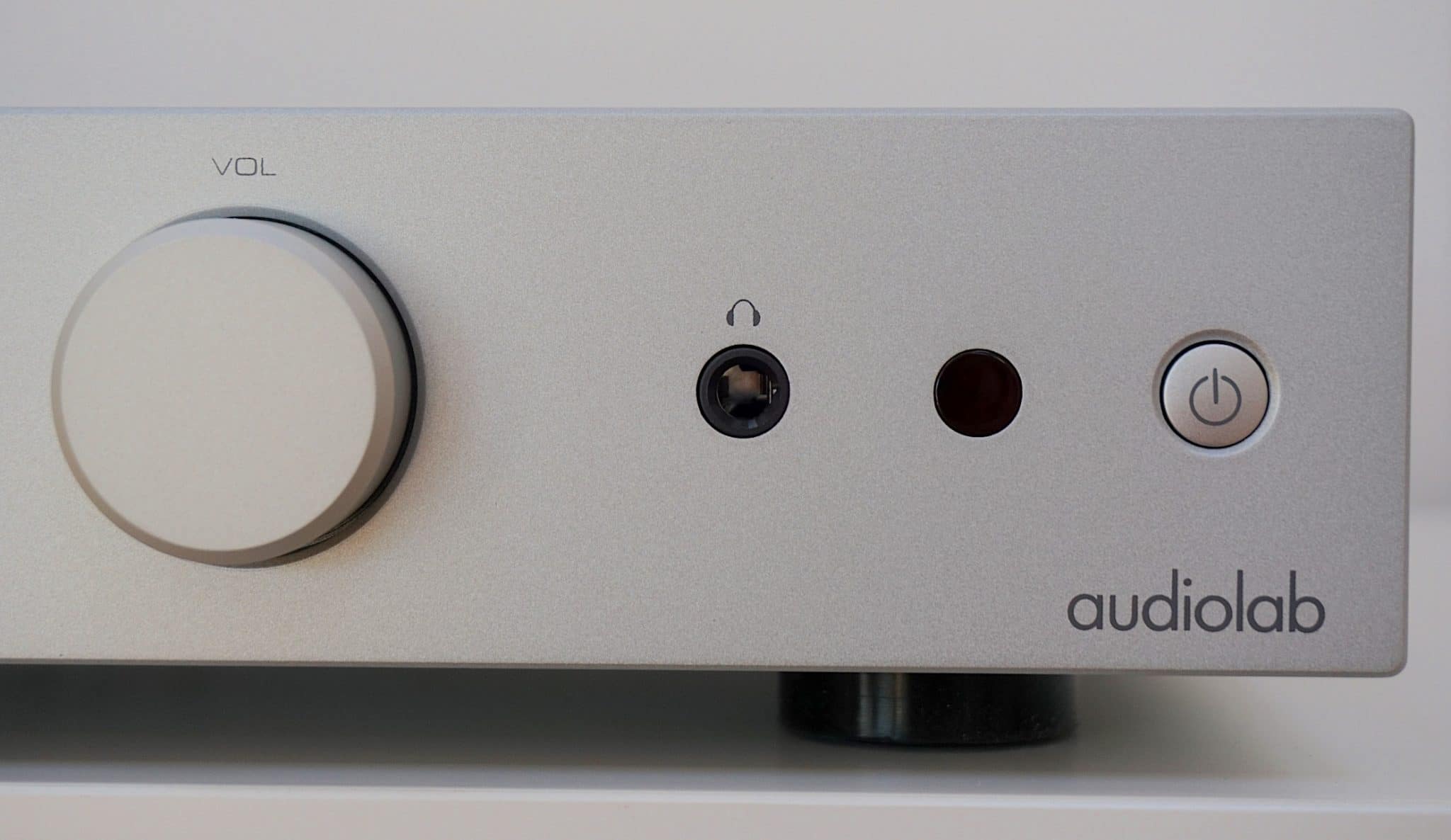
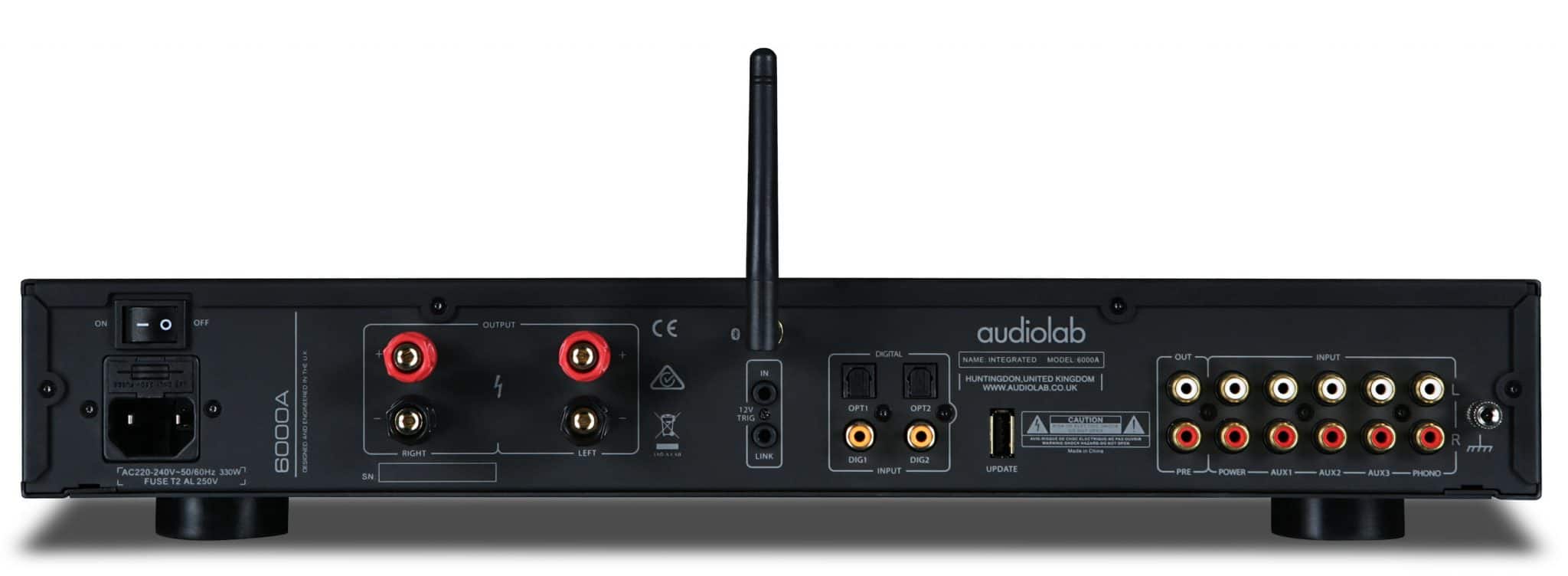

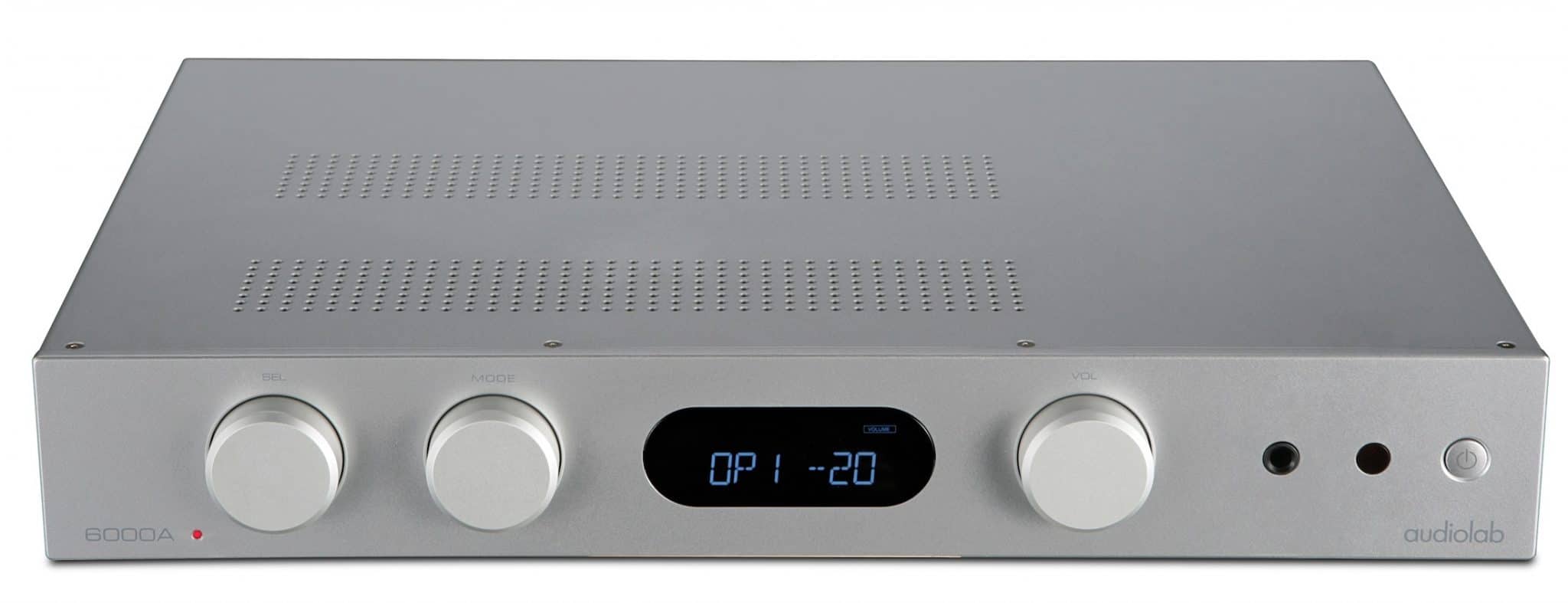
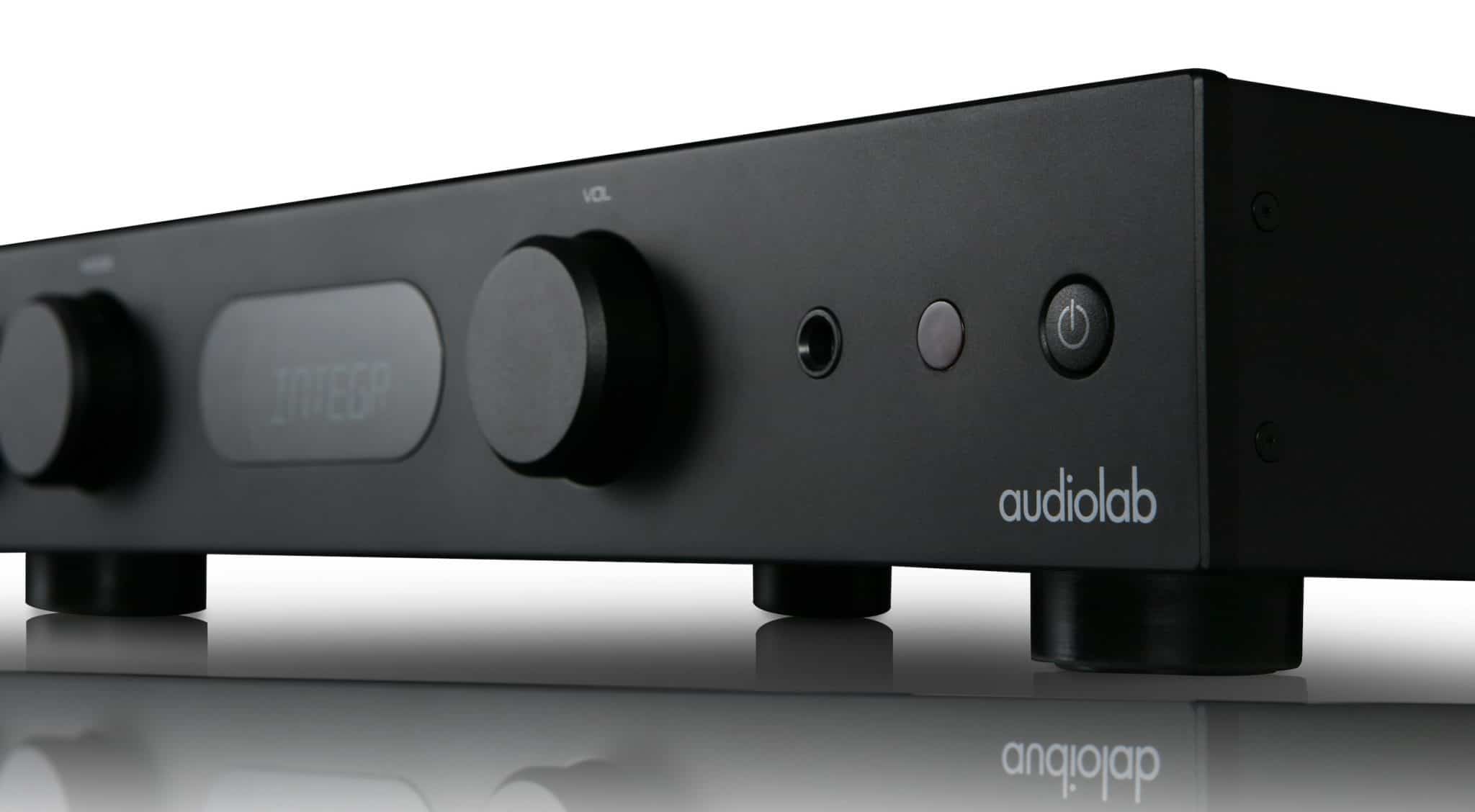
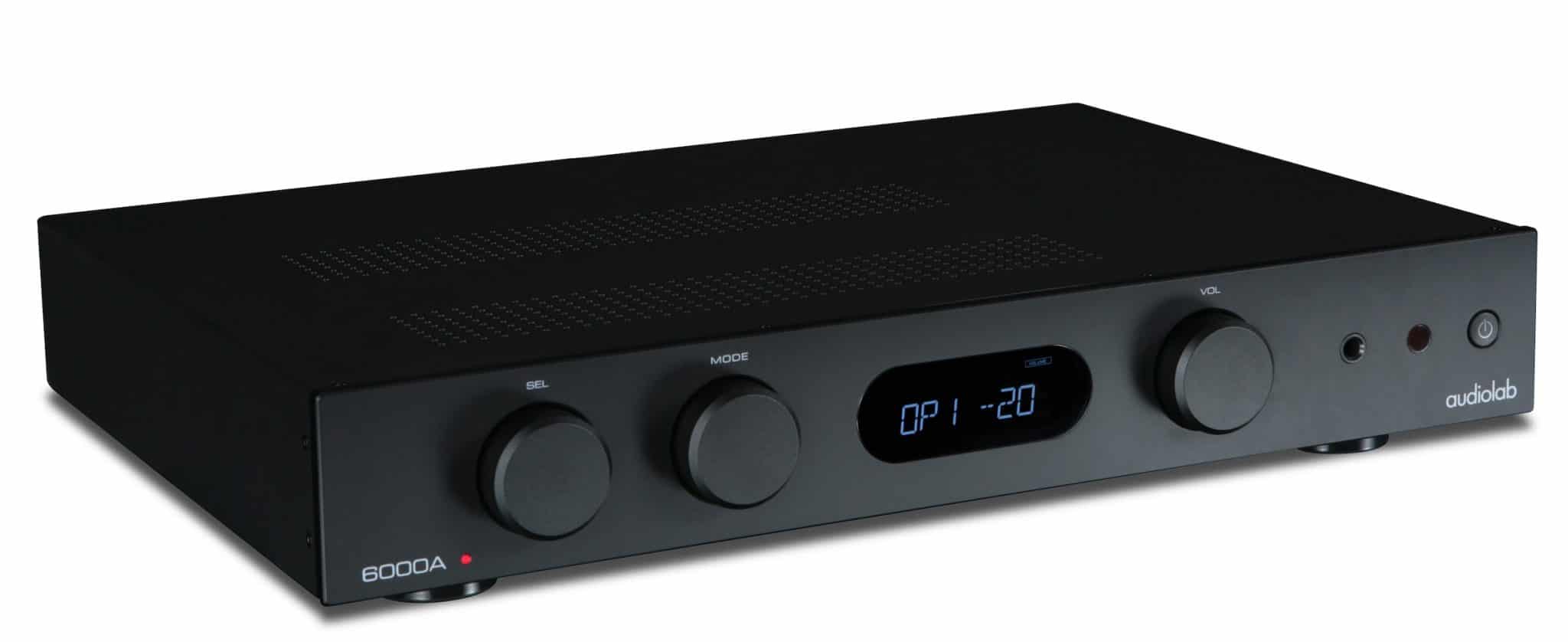



I have this set-up. The sound from the Pro-Ject Debut with the Phono Box was very distorted. (Mine is the older model of Phono Box, incidentally.) So I’d definitely recommend using the Debut WITHOUT the Phonobox. Hope that helps! You’ve made an excelllent amplifier choice, though, and thanks for your help with that once again, Paul!
Hi paul got an unusual potential use for this amp. I’ve been given a pair of aktiv Linn Lk140 power amps and a pair of linn Kelidth speakers. These used to have a linn Akurate preamp but unfortunately I don’t have that, whilst I am pretty sure this amp will work connected to these using the pre outs is there anything better for similar money for this job? Ideally I’d like some digital inputs but can manage without.
Hi Edward – a dedicated pre-amp would be preferable, I have to say, although the 6000A would do at a pinch. Schiit offer good value pre-amps at under ¬£1,000. Pro-Ject is another option. Quad too…just under ¬£1k
How does this compare to the NAD C368. They are about the same price. I am looking to upgrade from my pioneer vsx 822 AVR and am wondering if either of these will give an improvement in sound quality
Check out my review, hopefully that will help: https://theaudiophileman.com/nads-c368/
No Focal Chora 806 or Focal Aria 906 lovers here?
I wonder how they would do with the Audiolab 6000a
Hi there. Did you end up buying the audiolab? I have some Focal 806s and am looking to upgrade my amp from an AVR receiver. ~$1000 is my budget and I like the AL6000a. Any thoughts?
Hi. Yes, I have the Audiolab 6000a. However, because one of my Tannoy Sensys DC1’s broke downs I did not have a decent listening session yet. At Friday I will have a listening session at a dealer, with Dali Oberon 1, 3 and 5. And Focal Aria 806 and Aria 906. And hopefully also WharfeDale Lintons and some Q Acoustic 3050i. … I wonder which fit my hearing and budget the most 🙂
Pleaase do let me know what you think of the AL with the Chora 806. I am about to pull the trigger, but still hung up between the Audiolab and the Cambridge Audio CXA61.
Thank you!
Hi Dan,
My listening session at the dealer was an interesting experience.
The dealer offered me a blind listening test of 11 bookshelve speakers with the 6000A, just to find out what I was looking for in a speaker. I am not an experienced ‘listener’ of music/hifi. So the dealer first explained a bit about what I should look for when listening to the speakers (e.g. audible seperation of instruments and other qualities, change in sound when not toed in (my room does not allow that) etc. To explain about speaker qualities the dealer took me several listening rooms to listen to (far out of my budget) speakers that he could easily let me identify what was different. Then my blind listening test started… The dealer left me for the rest of the afternoon in a room with only a remote to switch (anonymized) speakers and a CD player to run my music that I brought with me. Sometimes the dealer popped in to see if he could help me out.
The blind test contained speakers like (i cant remember them all): Focal Aria 906, KEF R3, KEF LS50 Meta, Wharfdale Evo 4.2., Dali Oberon 3 & 5(5 was later added), Fyne Audio F500 (because I had Tannoy speakers) before, B&W 606/607, Some Triangle speakers with horn tweaters (cant recall their name) and more. Sadly the Chorus 806 were not in stock, so I did not hear them.
The Aria 906 were nice sounding, but (for me) after a while, the sound did not fit my taste. The mids and highs were good (apart from some singing cymbals and other highs that gave a ring to my ears sometimes), but on the low end It sounded that or the 6000A were not driving them well of it was not a great match to my ears or the amplifier. The low end sounded a bit congested/compressed (i dont know how to say it). It did not seperate the instruments very well when bass was involved. Also I got nervous wile listening to them, it was not relaxing to listen to for me.
Back to the blind listening test… After writing down notes of every (numbered) speaker during the listening test (what i liked and didnt like about them and ranking them), the dealer summed up what I probably was looking for in a speaker, by using my notes.
The dealer then added some extra speakers that he expected to fit my taste.
In the end 4 speakers were left in my selection (and budget): The Dali Oberon 3 and 5, The Triangle Borea BRO3 and the Triangle Borea BRO6 (the floorstanders were added because I did not like low end on some of the bookshelves).
I went home with the Triangle Borea BR03. They just made more of the music audible for me than the Dalis. The Oberon 5 sounded too boomy to my ears with some music (while at the same time making the mids and highs disappear). The Dali’s were by the way much better when listened to off axis. The BRO6 were also very good to my ears. But they were to big for my room.
Hi Paul. I’m about to purchase the audiolab 6000a and wondered if you could recommend a small bookshelf speaker to complement the amp. I’m looking in the ¬£500-1000 bracket. Your advice woulb be appreciated.
Hi Paul – these sound great, are midway in your budget range and are small in stature: https://theaudiophileman.com/motion-15i-speakers-review-martin-logan/
Thanks Paul. Just checked and I have a dealer in my town. Will give them a demo. Thanks muchly
Hi Paul,
Thank you for your nice reviews !
I hear and read here and there, about Audiolab, that the brand is not really of good quality because the products are made in China.
What do you think about this ?
I disagree. You’re (they’re) painting an entire industry with the same brush here. Sure, there are poor products from China but I’m reviewed some pretty shoddy products made in the UK, USA and elsewhere too, for example. There’s good and bad to be found in anything, anyone and anywhere. Each product needs to be viewed on a case by case basis and to be given a chance to prove itself. My advice? Keep your mind open and don’t be swayed by the ignorant. That way only leads to the dark side.
Paul,
I agree with you.
Thank you for your answer
Hi Paul,
A (another) question about Audiolab 6000A.
The DAC in the M-DAC is not exactly the same as Audiolab 6000A. Indeed that of M-DAC is a ES9018 Sabre32 and that of Audiolab 6000A is a ES9018K2M Sabre32. I read that the ES9018 Sabre32 was better than the ES9018K2M Sabre32 Have you tested both and if so what is your opinion ?
Besides, what do you think of the Audiolab 6000n ?
Thank you Paul
Hi Dan – the variables won’t just depend on the chip, either. It will depend on the implementation of the design, how the adjacent components affect it, etc. So yes, you’d need an A-B test to find the solution. I’m afraid I haven’t had the opportunity to do that although I would always go for the external model if you’re taking DACs. The ‘N’ looks like a top quality product although I have not tested it and my colleagues rate it highly.
Hi Paul, thank you
I bought the Audiolab 6000a by following your advice. He is indeed very good. Yes, an external dac would be a good idea. What do you think of the Topping D70s? If you have an idea of an equivalent and cheaper product, I am interested.
In addition, I intend to stream music (via Qobuz in particular). What do you recommend :
1 / An external dac a transport streamer
2 / A streamer with dac
3 / A transport streamer with the internal dac of the Audiolab 6000a
Lots of questions … Thank you for taking the time
Have a good day
Dan
Topping offers some good hardware, yes but if streaming is in the equation then – budget dependant – a Bluesound 2i might be worth a look: https://theaudiophileman.com/2i-wireless-streamer-review-bluesound/